Margin compression and how to manage it

With the effects of inflation more rampant in today’s economy, businesses are scrambling to combat margin compression.
There are many factors that cause margin compression, and it can have a significant impact on a company’s profitability.
This article discusses the causes of margin compression and how to prevent it from affecting your business.
What is margin compression?
A margin refers to the difference between how much a company makes and spends.
Compression, on the other hand, means that the difference between the amount spent and earned is smaller due to factors like increased prices, resulting in a reduction in profit.
In this case, margin compression is when the costs to make a product or service increase faster than the sales.
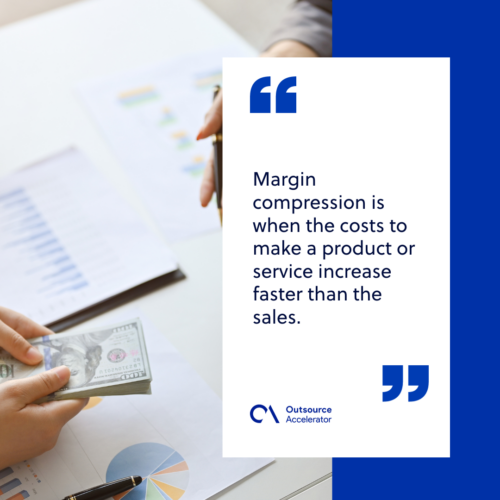
Importance of understanding margin compression
Understanding margin compression allows businesses, especially new ones, to be aware of the fast-paced, ever-changing economic scene.
It gives all players in the market insight into how competitive their industry is and what measures their competitors are taking.
You will have a clearer picture of the current state of the economy in terms of costs and inflation so you can adjust accordingly.
Making the right adjustments based on research and market understanding keeps your company financially afloat and allows profit to come in at a steady rate.
Doing so gives you a competitive advantage over other businesses. A better profit margin allows you to invest in several things that can help your business, such as customer service, marketing, and other innovative ideas.
Finally, maintaining and growing your profits makes for better business sustainability, allowing your company to run long-term.
Causes of margin compression
Margin compression can be caused by several factors, and identifying the following is the first step to avoiding it:
Increased competition
As more businesses in the same industry enter the market, your company is forced to adjust in order to stay above them.
Your company may have to lower the prices of your products or offer discounts, which may lead to smaller profit margins.
Too many overhead costs
On top of the money used to create a product or service, there is additional money used to run other aspects of your business, such as:
- Rent
- Utilities
- Employee salaries
- Insurance
These are known as overhead costs. Having too many makes it difficult to maintain your finances and earn a profit, meaning you will have to cut down on these.
Some ways to reduce overhead costs include streamlining certain processes using automation or relocating to a cheaper location.
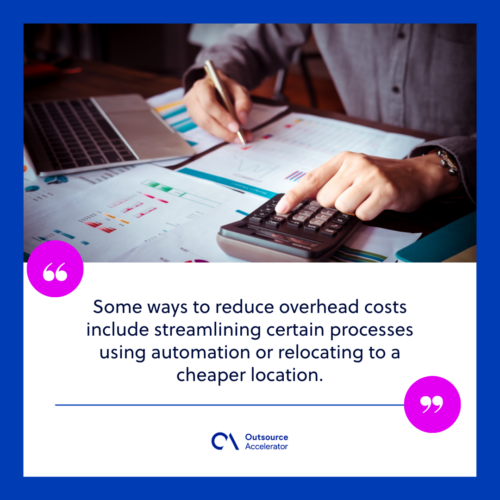
Inflation
Inflation refers to the price increase of goods or services on the market. The law of demand states that higher prices lead to lower consumer demand.
Naturally, your profit chances are lower as fewer customers buy your products.
Additional costs
Businesses have to shell out money to accommodate various costs, such as labor, marketing and advertising, business growth, and customer retention.
These costs are added on top of creating a product or service, which may contribute to lower profit margins.
Strategies to avoid margin compression
Margin compression can be avoided with the right market strategies. Here are some ways it can be mitigated:
Increase prices
The main solution to preventing margin compression is to increase your prices while reducing the cost of creating your products.
Increasing prices may be difficult as it might drive customers away, especially when there is tight competition.
However, you can negotiate with your suppliers by offering early payment in exchange for a discount. This decreases the price of goods and increases your profit margin.
Diversify products
Promoting unique products from your competitors will attract more customers to your brand. This can be in the form of complementary products or expanding to new markets.
Diversifying puts you ahead of your competition. Customers will always choose your brand since you only feature this unique product, resulting in a higher profit margin.
High-margin clients
Narrowing down your clientele will help reduce the chances of margin compression.
Instead of targeting general people who may buy from you only once or twice, high-margin customers will remain loyal to your brand and avail of your services multiple times.
You will enjoy less competition since these clients want a unique service only you can provide. Take time to research what they need and cater a product to them.
The catch is that highly individualized products may take more time and resources.
However, by targeting clients who prioritize quality over price, you can use the necessary resources to create a unique product worth the price.
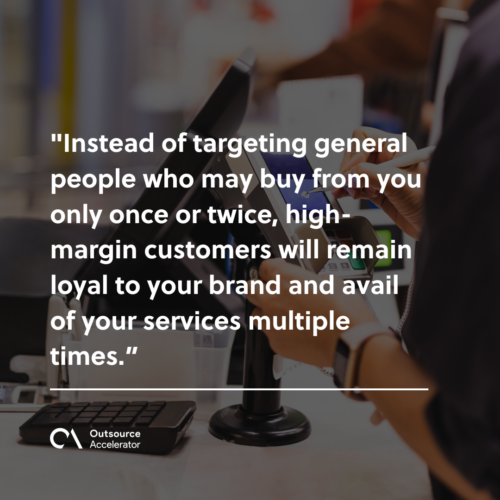
Protecting your business from margin compression
Margin compression is something that all businesses go through and is caused by things out of their control. The key to preventing this is working on what you can control, such as prices, costs, and which market to target.
With enough research and the right strategies, you will eventually be able to navigate around the market without compromising your profitability.

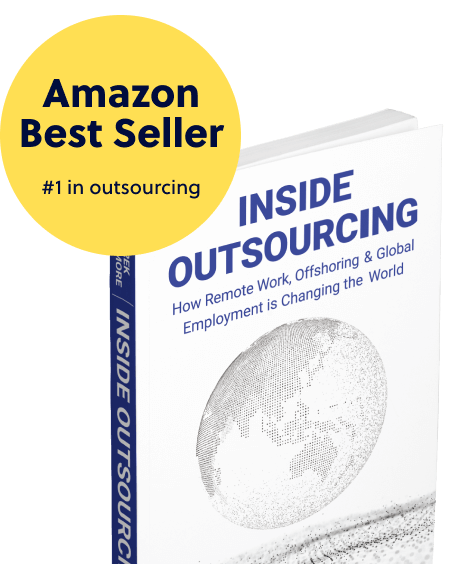



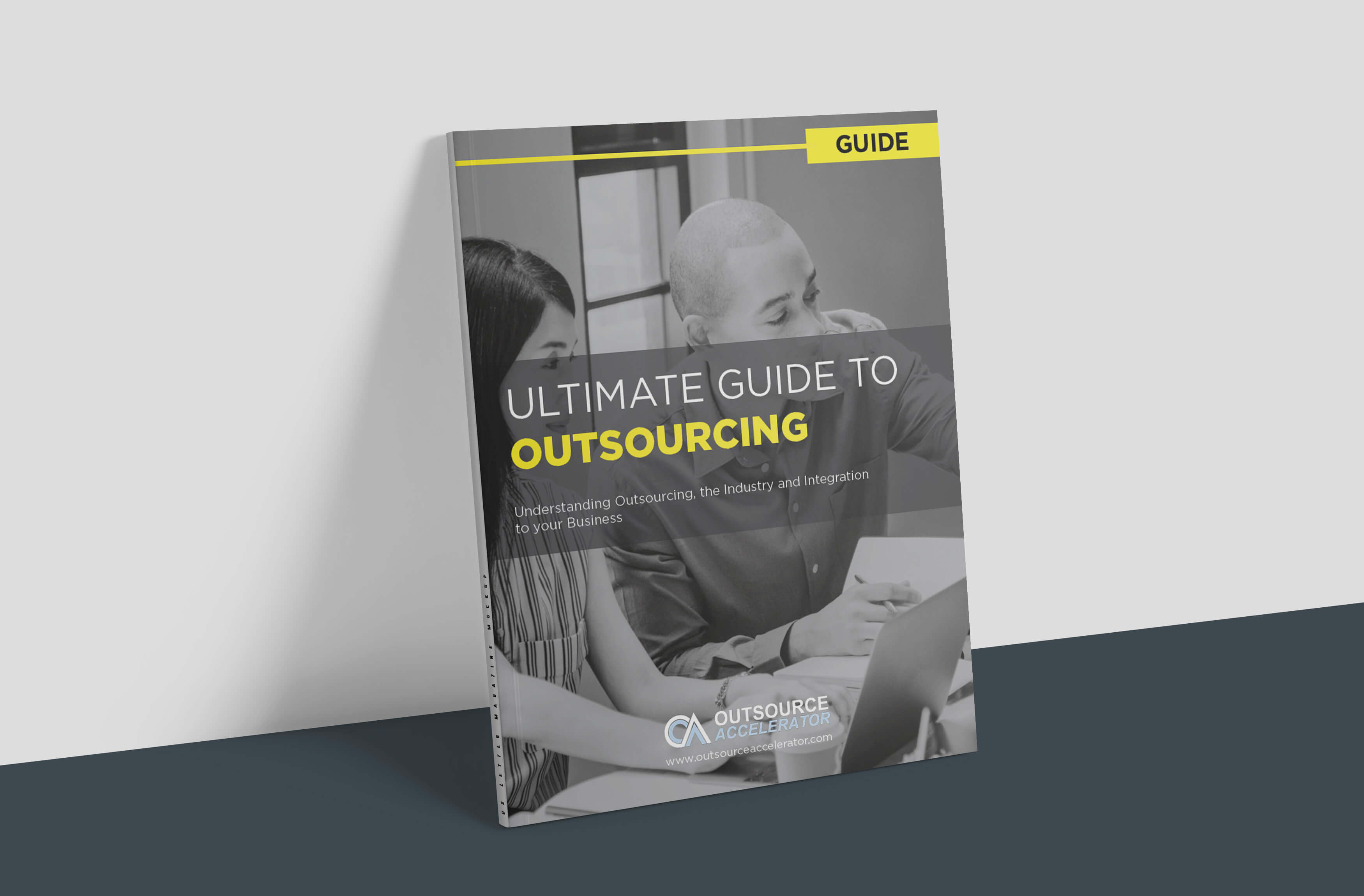

 Independent
Independent




